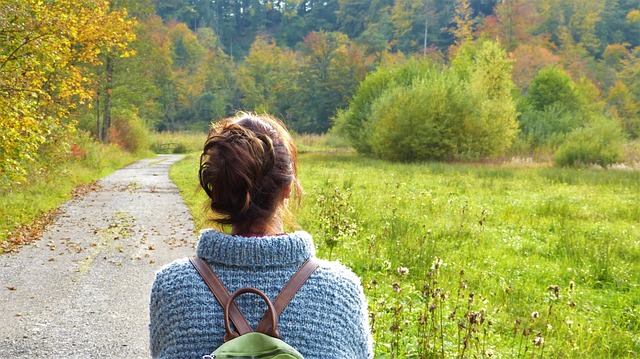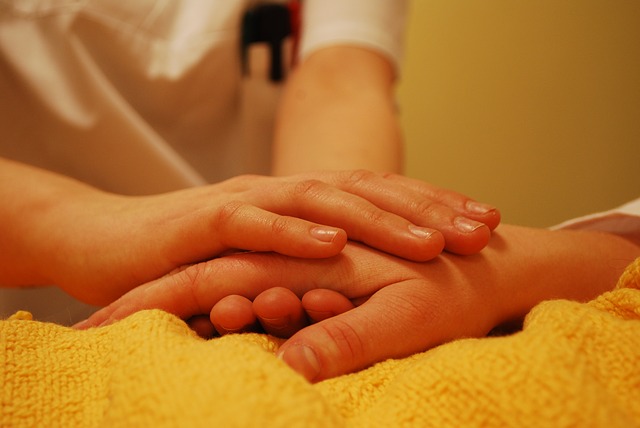Often meditation techniques involve sitting still in a relaxed, grounded, upright posture with your hands in a comfortable position; alternatively, they can involve lying down on the floor or the ground. In either case, these mindfulness approaches involve immobility – they are designed to create stillness in both your mind and your body. However, one can make a case for supplementing these immobile meditation techniques with mindfulness practices that involve movement.
The need for movement
Much has been written about the impact of a sedentary lifestyle on our physical and mental health and overall wellbeing. There is also increasing research about the health benefits of walking. Movement exercises our muscles and activates the various systems of our body, e.g. cardiovascular, respiratory and digestive systems. So movement is essential for good physical health. Physical exercise, too, helps to reduce the symptoms of depression.
Another consideration as the population ages, is that physical capacity declines progressively as we age. For example, the Harvard Medical School recently released a report on Preventing Falls and highlighted the fact that from our 50s onwards, our balance can be adversely affected by a number of factors. They highlight the impact of aging on our gait (the distinctive way we walk – encompassing aspects such as pace, weight transfer, stride length, swing of the leg and foot placement pressure). According to the report, our gait is considerably affected by the time we reach 70, even if fit:
Gait often changes with age. For example, healthy people in their 70s generally have a 10% to 20% reduction in the speed of their gait and the length of their stride compared with healthy people in their 20s.
This physical decline is accelerated where no movement or exercise is undertaken on a regular basis.
Combining movement and mindfulness
Two key ways to achieve the combination of mindfulness and movement to help redress physical and mental decline are mindful walking and Tai Chi. While mindful walking in the open brings the added benefits of engaging with nature, mindful walking on the inside (indoors) can be more readily accessible, especially when the weather is inclement and uninviting.
Earlier in this blog, I discussed the many physical, mental and emotional benefits of Tai Chi, including enhanced mind-body connection. A recent Harvard Medical School report, An Introduction to Tai Chi, reinforces these benefits and highlights the research showing that Tai Chi develops a “sharper mind”, offsetting the natural decline in your mental faculties, which can lead to dementia.
Whether you engage in mindful walking, Tai Chi or yoga, these practices have in common “meditation-in-motion” and strengthen the mind-body connection. So, combining movement and meditation, simultaneously strengthens our mental and physical capacities and their interconnection.
As we grow in mindfulness through combining meditation and movement, we can supplement and enhance the many benefits of sitting, standing or lying meditations. We can reduce the mental and physical decline that comes with age and improve our overall capacities, especially the connection between mind and body.
____________________________________________
By Ron Passfield – Copyright (Creative Commons license, Attribution–Non Commercial–No Derivatives)
Image source: courtesy of silviarita on Pixabay
Disclosure: If you purchase a product through this site, I may earn a commission which will help to pay for the site, the associated Meetup group and the resources to support the blog.









